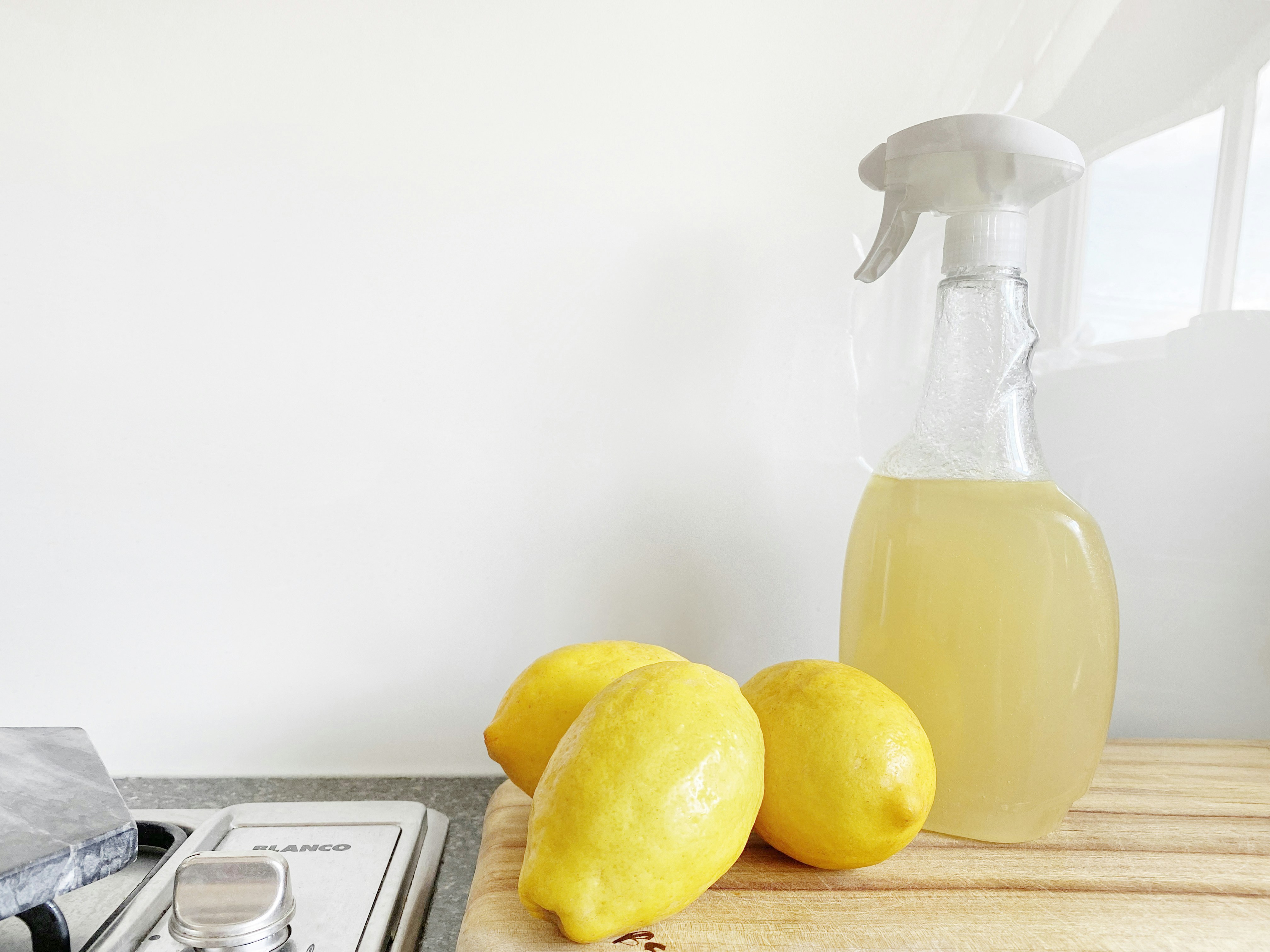Categories
Latest blogs
London and UK
8 minutes ago
Las VegasDog Waste Removal Las Vegas United State
14 minutes ago
on 2024. October 27.
 Regular Shoyu (koikuchi) , which includes each trendy shoyu (as made by the large Five) and conventional shoyu, is by far the preferred sort, accounting in 1977 for 85.4% of the overall. Historically, the tamari makers claim, shoyu should be categorized as a kind of shoyu, reasonably than the opposite method around. Rich Shoyu (saishikomi), traditionally often called kanro shoyu (literally "candy dew"), is the least broadly identified kind of shoyu in Japan. Rich shoyu is said to have originated in 1781 in Yanai City of Yamaguchi prefecture on the far southwest tip of Japan's important island, simply north of the island of Kyushu. Shimaya. A good amount of semifermented rich shoyu is now made in Tottori, Shimane, and Hiroshima prefectures, and it is now beginning to unfold throughout Japan. A sweeping overview of the main developments within the Japanese shoyu business from 1888 to the current is shown in Figure 18.1. Production rose steadily with population will increase from about 220,000 kl in 1890 to 1,200,000 ? A 1965 survey of Japan's shoyu industry showed that the majority of the manufacturers (52.5%) produced lower than fifty four kl (14,266 gallons) a yr, nevertheless the entire production of all these small corporations accounted for under 5.1% of the total.
Regular Shoyu (koikuchi) , which includes each trendy shoyu (as made by the large Five) and conventional shoyu, is by far the preferred sort, accounting in 1977 for 85.4% of the overall. Historically, the tamari makers claim, shoyu should be categorized as a kind of shoyu, reasonably than the opposite method around. Rich Shoyu (saishikomi), traditionally often called kanro shoyu (literally "candy dew"), is the least broadly identified kind of shoyu in Japan. Rich shoyu is said to have originated in 1781 in Yanai City of Yamaguchi prefecture on the far southwest tip of Japan's important island, simply north of the island of Kyushu. Shimaya. A good amount of semifermented rich shoyu is now made in Tottori, Shimane, and Hiroshima prefectures, and it is now beginning to unfold throughout Japan. A sweeping overview of the main developments within the Japanese shoyu business from 1888 to the current is shown in Figure 18.1. Production rose steadily with population will increase from about 220,000 kl in 1890 to 1,200,000 ? A 1965 survey of Japan's shoyu industry showed that the majority of the manufacturers (52.5%) produced lower than fifty four kl (14,266 gallons) a yr, nevertheless the entire production of all these small corporations accounted for under 5.1% of the total.In accordance with San-jirushi, the largest manufacturers of tamari-shoyu, in descending order of size, are San-Jirushi, Yamami, Nakagawa Jozo, Ichibiki, and Yamaizumi (Morita). Manufacturers in the feed premium amino acids supplier acids market could need help adhering to the laws governing animal feed and nutrition. Based on the uncooked materials, the amino acid market is divided into plant based mostly, and animal primarily based. The amino acid provide chain is complicated and includes a range of gamers, together with manufacturers, distributors, and retailers. Semichemical Mixed Process (shinshiki hoshiki) includes partially hydrolyzing defatted soybean meal with dilute hydrochloric acid, fermenting this product with wheat koji for not less than 1 but usually 2 months, extracting the semifermented shoyu, then mixing it with varied percentages of fermented shoyu. The sake makers step by step focused their efforts on shoyu, delivery their product by river to Kyoto and Osaka. In about 1809 they first began including soybean cooking liquid to the moromi and thick candy sake ( amazake ; saccharified rice koji mash) to the aged moromi mash earlier than urgent. Regular shoyu is said to have been made in Tatsuno since 1587, and by the late 1500s each shoyu and sake manufacturing were widespread. In the late 1960s lots of the small makers in Tatsuno obtained low-curiosity loans from the Japanese government to build new plants, which enormously expanded production.
It saved this title till the 1960s, when the federal government set shoyu requirements and renamed it saishikomi ("re-fermented") or saisei ("remade") shoyu. Light-colored Shoyu (usukuchi) is gentle amber in shade and has a milder flavor and higher salt content material than regular shoyu (19.6 vs 17.5%). Used primarily in the Kyoto-Osaka space in light soups, simmered dishes (nimono), and with sashimi (sliced raw fish) and grilled preparations, it is meant to season foods, while allowing them to retain their natural colors and flavors. Prized for its distinctive appetizing taste and aroma, it is used nationwide. Additionally, additives are used so as to add taste and coloration to animal diets. Asia Pacific held the largest market share in 2023 due to the presence of China and India, that are amongst the highest 5 animal feed-producing countries worldwide. Undernutrition continues to be the most important limitation to increasing livestock production in these international locations. By decreasing the quantity of waste produced by animals and the carbon footprint of feed production, the amino acid-primarily based feed also can assist lessen the environmental affect of livestock farming. Companies operating within the feed industry have developed functional supplements and foods fortified with additives that supply physiological advantages and may enhance the immunity of animals.